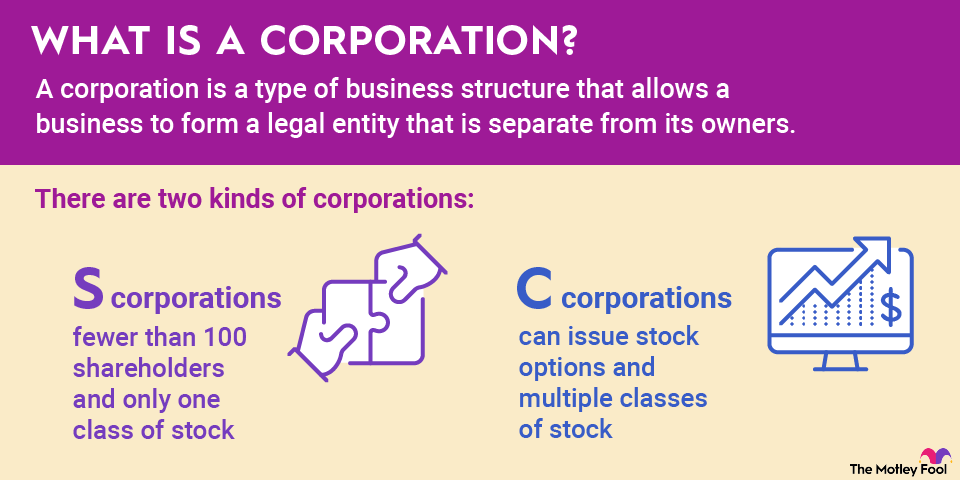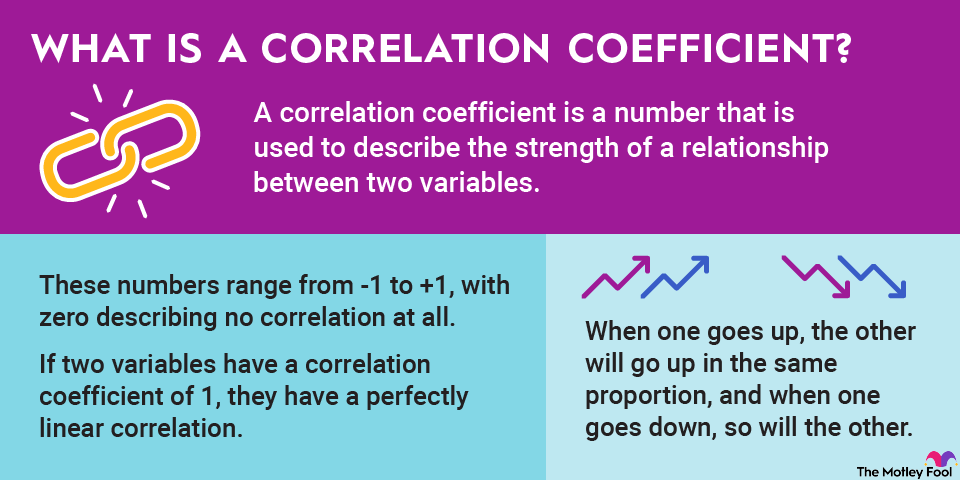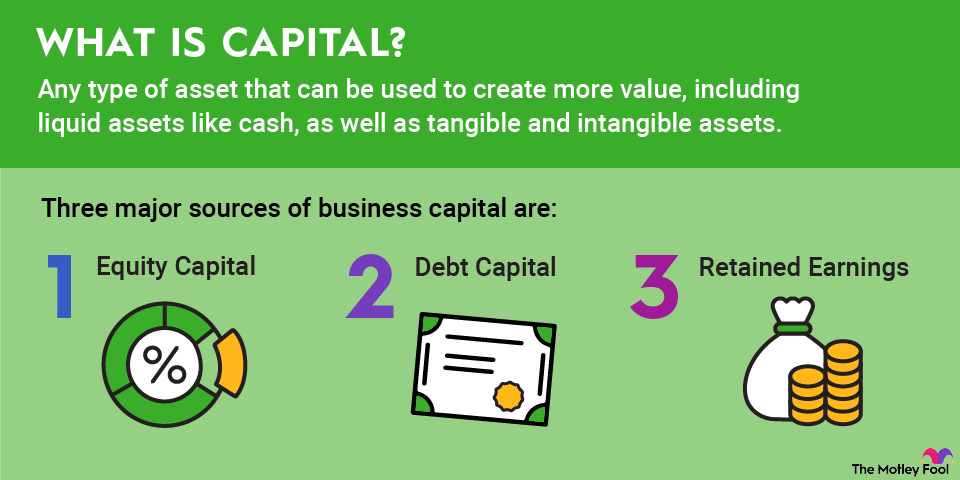When you became an investor, you probably realized there would be some math involved, but for many, the sheer amount and variety of possible calculations can be wildly intimidating. Fortunately, you don't have to use them all; instead can just choose the ones that make the most sense for your investment goals. The cumulative return is a basic and important formula all investors should consider every time they review their portfolios.

What is a cumulative return?
The cumulative return on an investment is pretty much what it sounds like. It's the total return of an investment over the period of time you've held it. This is just the basic return, not including the effects of compounding or any rolled-in dividends.
You need very little information and just a calculator to do this math -- it's a great, easy calculation for beginning investors to use to review their investments. Not only is it fun to see how much your investment has grown, but it can also tell you if that investment is really going to help you meet your investment goals.
How to calculate cumulative return
The formula for cumulative return is remarkably simple.
Cumulative Return = (Current investment value - Initial cost of investment) / Initial cost of investment
So, if you bought shares of ABC Corp. for $40 each and they're now worth $100 each, here's how the math goes:
CR = (($100 - $40) / $40) * 100
CR = ($60 / $40) * 100
CR = 150%
Pretty sweet return -- or is it? This is one downside to cumulative return as a sole measure of success or failure with a stock. Since it's for the entire life of your investment, a dip in the market can make your investment look awful, or a great week can make it look really good. It's important to consider other types of assessments when evaluating your returns before making big decisions like buying or selling.
Cumulative return versus annualized return
Cumulative return and annualized return are often confused for one another due to the similarity of the calculations and how often they're used together. Cumulative returns, as stated above, tell you how much your investment has returned since you made it, which is useful information for sure.
Annualized return is a more complicated equation that can give you much more information about your investment. When you calculate the annualized return, you have a more detailed view of your investment returns, including the effects of compounding.
Neither is superior to the other, and both yield important information. Using them together can help you drill down deeper into your portfolio to make the best decisions possible.
Related investing topics
Why cumulative return matters to investors
Investors should be constantly curious about their investments and looking to develop a portfolio that supports their financial goals over time. This is done using a myriad of different types of analysis on the stocks both in your portfolio and those that you've not yet purchased.
Cumulative returns is a great tool to help you weed out the winner from the stocks that are less than stellar or even to flush out the stocks that are the riskiest because they've had astronomical growth that may be unsustainable. By performing a simple cumulative return calculation on your holdings from time to time, you can better see which stocks bear watching.
Keep in mind that the simplicity of the cumulative return calculation makes it only a starting point. If you find a stock with poor returns, you need to look deeper into it before dumping it back into the market – it might be simply having a bad quarter, or the market may be universally depressed.


















